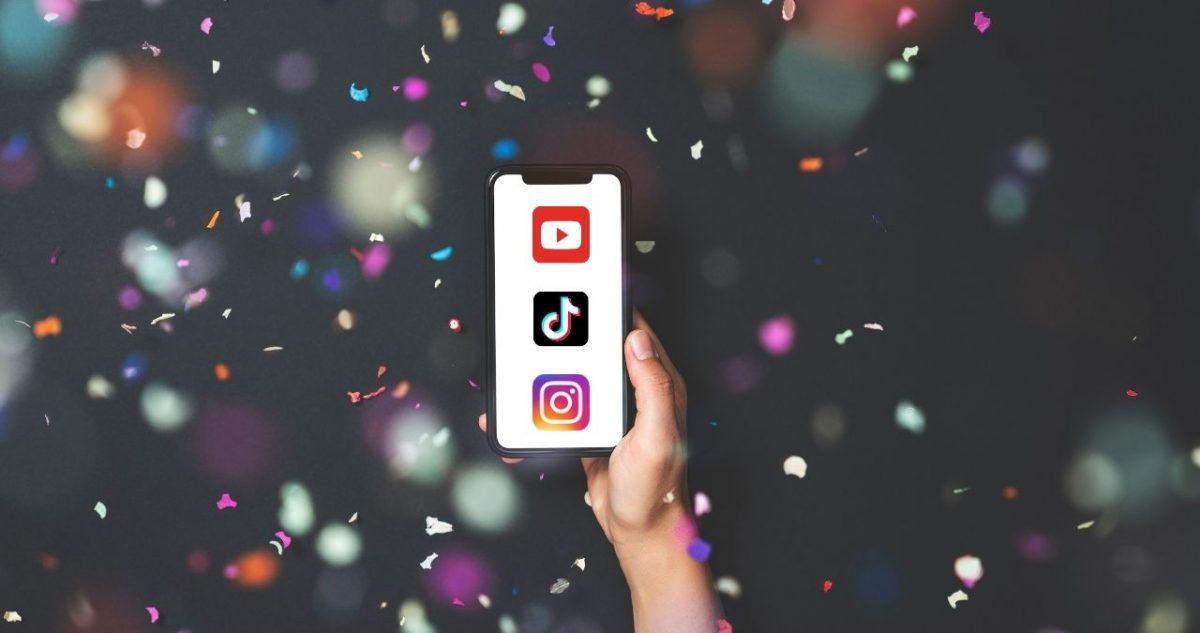In the world of modern social media, two trends have unarguably dominated: the ascendancy of short-form content and the integration of artificial intelligence (AI) in content creation. Platforms like TikTok, Instagram Reels, and YouTube Shorts exemplify the immense popularity and potential of bite-sized content, offering viewers snippets of entertainment, education, or inspiration within a confined duration (Singh, 2023). Coupled with this is the increasing reliance on AI, driving efficiencies, personalization, and scale in content creation.
The attraction of short-form content has several reasons. In a digital age characterized by information overload, these brief engagements provide a quick moment of distraction, catering to the decreasing length of attention spans of social media users (Teixeira, 2014). They also fit seamlessly into the micro-moments of modern lives, whether it’s waiting for a coffee or taking a brief work break. The format’s inherent characteristics – brevity, immediacy, and often, virality – make it a powerful tool for content creators.
Seeing this shift in content consumption, I started looking into the realm of short-form content creation, seeking to understand its complexities and the role AI plays. I got inspired by videos that used ‘satisfying’ background videos that keep the viewer hooked. The audio of these video’s often consists of a narrator who reads out captivating riddles, anecdotes, and facts. I set out to replicate these formats. My methodology was grounded in the use of AI. First, I let ChatGPT generate riddles, stories and other similar text content to the video’s I had seen on social media. Second, I leveraged an AI voice generation tool that transformed these textual riddles and stories into auditory content, customized to various tones. After that, I deployed Adobe Premiere Pro’s automatic transcription and subtitling tool to create subtitles for these videos. The video templates were then further enhanced by Canva’s AI-driven video generator, allowing nuanced modifications to each video, facilitating the production of a vast array of differentiated content suitable for diverse platforms.
My deep-dive into AI-assisted short-form content creation was very revealing. It underscored the efficiencies AI can introduce, significantly reducing the manual effort and time traditionally associated with content creation. In no time I was able to create a very large amount of different short-form videos, without doing to much manual work. I am also blown away by the amount of AI-generated content I now recognise on social media platforms. This is something I was not able to identify previously.
In my opinion, the rise of short-form content and AI represents a transformative phase in social media’s evolution. As social media platforms evolve and users’ preferences shift, these trends will undoubtedly play an important role in shaping the future of social media content.
References
Singh, A. (2023). The rise of Short-Form Video Content: Reshaping digital media consumption. www.linkedin.com. https://www.linkedin.com/pulse/rise-short-form-video-content- reshaping-digital-media-aastha-singh/
Teixeira, T. S. (2014, 17 januari). The rising cost of consumer attention: why you should care, and what you can do about it – Working paper – Faculty & Research – Harvard Business School. Harvard Business School. https://www.hbs.edu/faculty/Pages/item.aspx?num=46132


Hey Mart, very interesting post! Lately, though I don’t like to admit it, I’ve been consuming a lot of this “short-term” content. I am always inclined to think that creators spend a lot of time on their content but definitely did not consider the helping hand of AI tools. I guess this raises some very relevant questions: how can a creator use AI-based tools as a way to distinguish themselves within the great crowd? Also, do you need to have some real skills to be able to use these tools or are they easily accessible? In my opinion, the wide availability of AI tools to create short social media content may discredit (especially in the eyes of a wide global audience) creators who put more effort into their content or whose content requires some sort of skill/knowledge.
I also wonder what the longevity will be of these short videos. I hope there will be eventually a shift to longer videos, especially for some specific topics (like politics or world events), as I do believe that short videos tend to be very polarizing and end up doing more harm than good. Perhaps AI tools can eventually aid in this purpose.
Hey Mart, I’m also one of those people that will occasionally get hooked on one of these short form videos. I like your explanation and the way you briefly touch upon the different segments of how these video’s are created. I really liked the methodology you created and was interested whether you could share some of the short form content you created? I also wanna point you towards a potentially interesting area to read up in about the connection between slot machines and the way they release dopamine in comparison to short form content on TikTok, YouTube etc. I find the comparisons between the two pretty startling and think there’s a lot left uncovered.
Hi Mart, I really liked this post. You delved into an area that is very relevant for us students, since we often get hooked by short-form content. I was also not aware that so much content was already created by AI, and I am quite pessimistic of what the future may hold. Thank you for providing this blog post, it was indeed very informative.